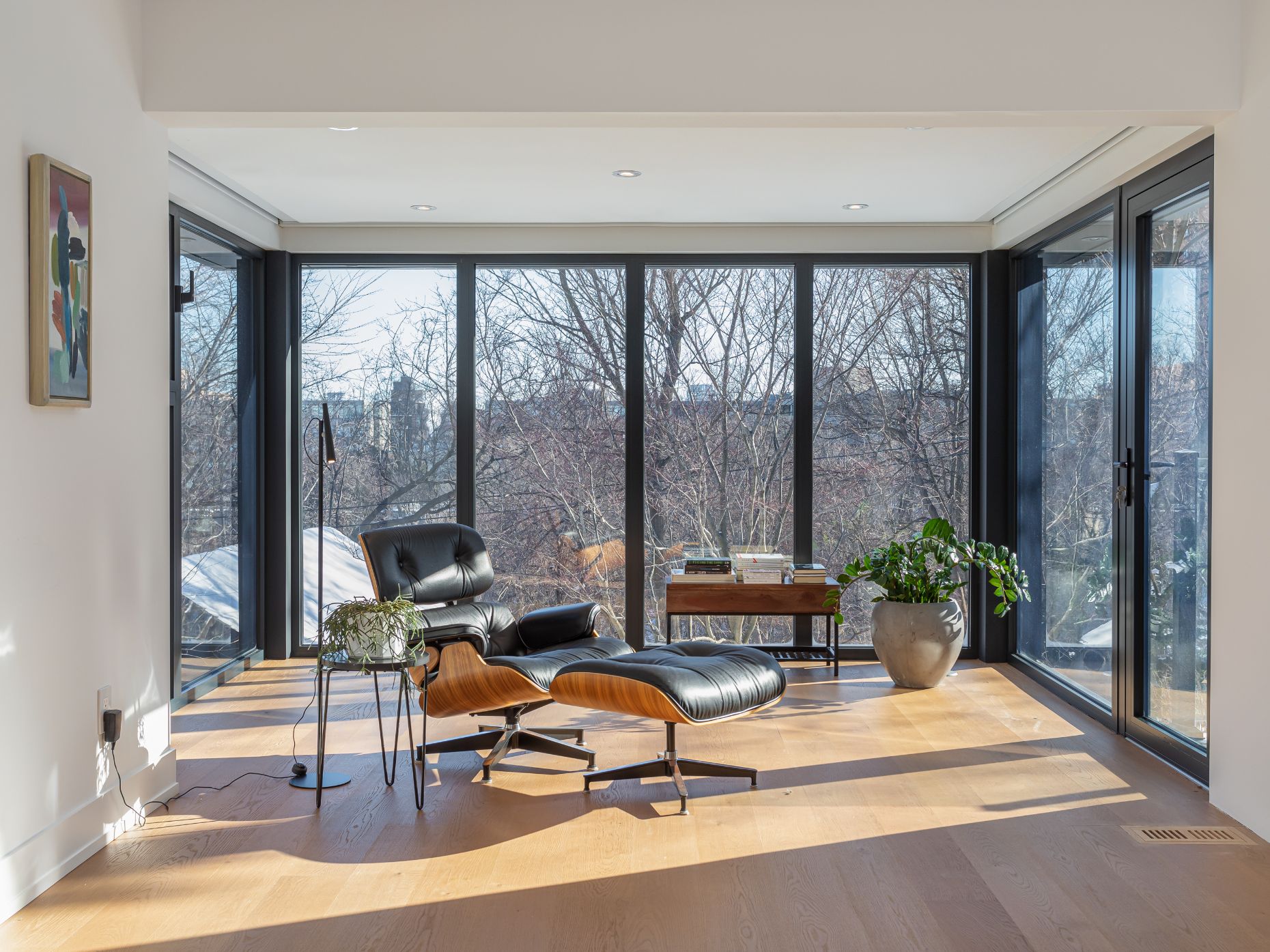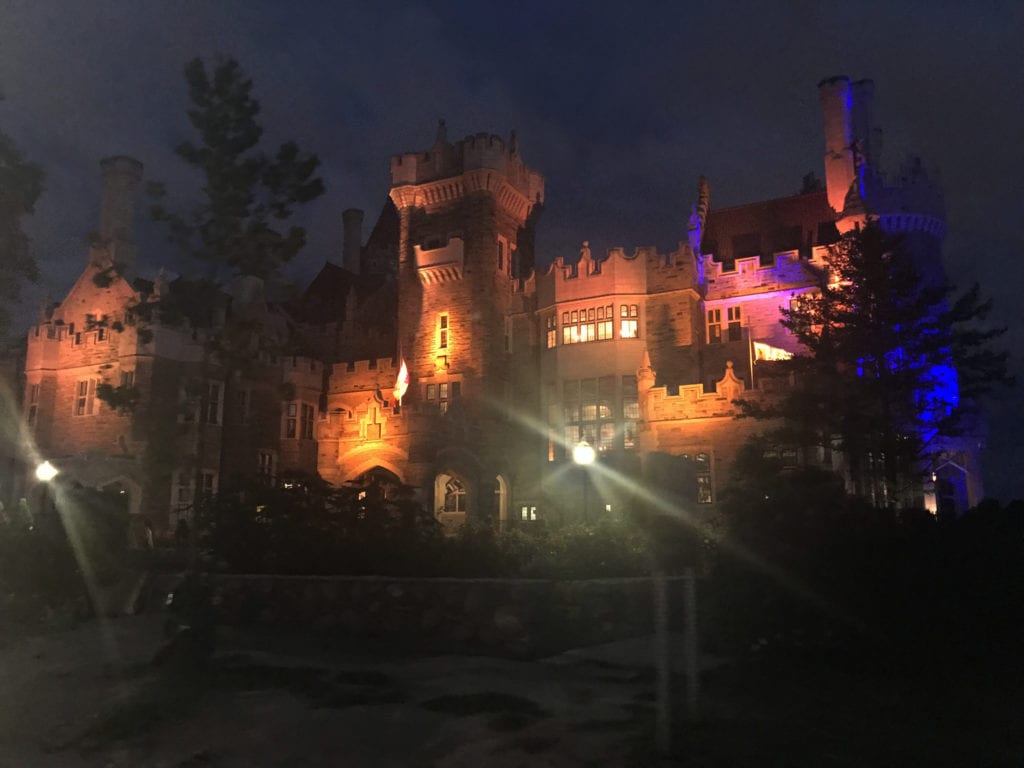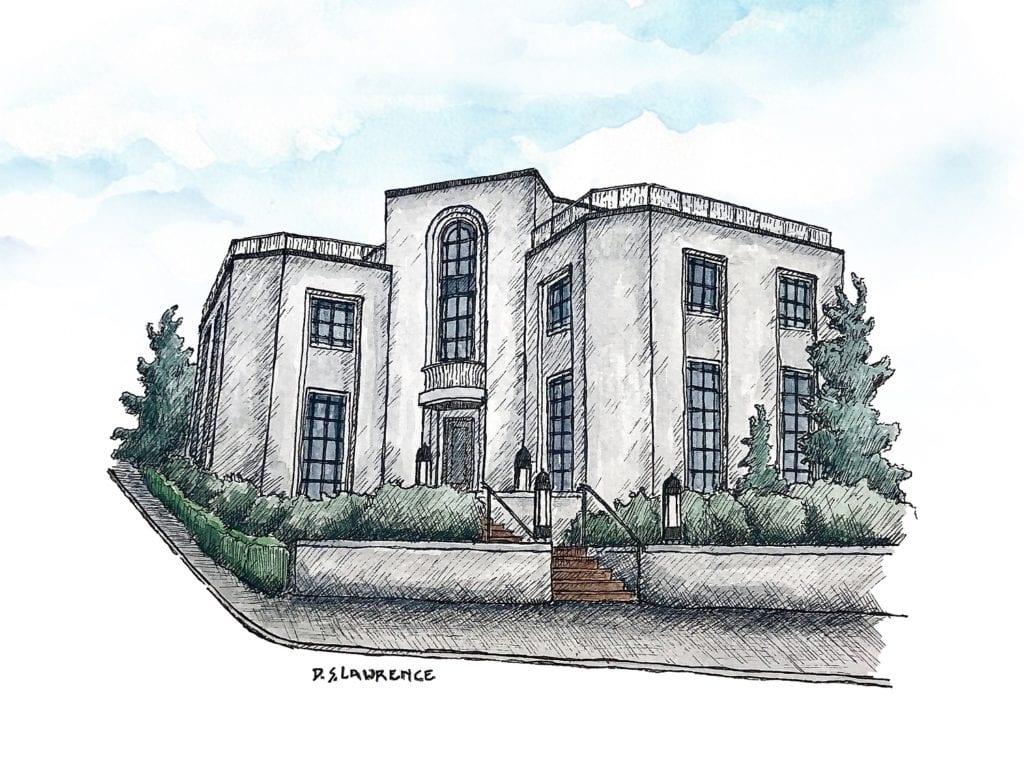
As a follow up to my Toronto Then and Now series, my new series of bi-monthly blog posts continues, where I’ll focus on many different architectural styles that can be found around the city of Toronto. This next post is on Queen Anne Revival, a revival style that takes inspiration from many different time periods. It was popular around the same time as Edwardian architecture, which you can learn about in my previous blog post. You may have noticed (or are anticipating) that we have left out Victorian in our series, that’s because the Victorian architecture in Toronto can really be divided into two styles, Queen Anne Revival and Bay and Gable, which we will cover in another post.
Time Period
Original: various / Revival: 1890 – 1914
History
Unlike many other styles of architecture, the Queen Anne Revival style does not have any clear cut characteristics that make it so, but rather draws upon various styles, primarily Victorian. The style was originally popular with the upper middle class, who by this time had amassed a considerable amount of wealth and were looking to do something with it. Queen Anne Revival is a decorative, opulent style, meant to be enjoyed by the owner of the house but also adding a pleasing visual aesthetic to the area these homes were found in.
Queen Anne Revival began in Britain in the mid 1800s as part of a movement that had renewed interest in medieval architecture. It was introduced to North America and adapted to that new environment – rather than the symmetrical masonry buildings in England, the North American Queen Anne Revival was more asymmetrical and made liberal use of gingerbread detailing. British architect Richard Norman Shaw is generally considered to be the creator of this style. In the late 19th century, he began designing country houses in England that were essentially a blend of Elizabethan, Tudor, and Renaissance architecture, and the misnomer “Queen Anne” was eventually used to describe this style, although it had very little to do with the 18th century British monarch.
Notable Features
Queen Anne Revival is similar to Tudor in the sense that the style is very distinct, but there are so many variations on it that it’s hard to give a specific list of characteristics. The easiest way to identify a Queen Anne Revival is by its facade, which is asymmetrical usually due to a corner tower or turret which sometimes has a conical or bell-shaped roof, like the house in our example drawing. Lots of the other features are very Victorian. There is usually a partial or full length porch, and quite often a wrap-around porch. Roofs are steep and irregular, often with front facing gables and overhanging eaves. The overall style is very decorative and uses bright colours, with detailed textures, ornamented spindles, and gingerbread features (fretwork brackets or bargeboard). Fishscale siding, double hung windows (windows with an upper and lower section, often stacked on top of each other through the storeys), and stained glass (especially in the upper section of a window). are also quite common features.
Similar to
Victorian, Romanesque
Where to find
Can be found all around Toronto, but there are very few pure examples, most residential housing takes elements of this style or the Queen Anne Revival homes have been adapted with different additions.
Neighbourhoods
The Annex – named because Toronto quite literally annexed this subdivision in 1887. It is a great neighbourhood to find examples of Romanesque architecture. A lot of homes built in the late 1800s are built in the “Annex style”, which is a combination of Richardson Romanesque and Queen Anne Revival.
The Beach(es) – there is a longstanding dispute between residents, if it is called “the Beach” or “the Beaches”. The argument for the plural “the Beaches” is that there are four distinct beaches (Woodbine Beach, Kew Beach, Scarboro Beach, and Balmy Beach). Those who refer to it as “the Beach” say that the term refers to the merging of the four beaches into one.
Cabbagetown – so named by Toronto’s prosperous British residents who disapproved of the cabbages and other vegetables grown in the front yards of the Irish immigrants who had escaped famine in Ireland in the 1840s.
Streets/Buildings
Two specific examples of buildings since they are so peppered throughout Toronto. There are lots of homes in the neighbourhoods mentioned previously, especially Cabbagetown, that have Queen Anne Revival/Victorian influences.
Newman Centre, 89 St George St (The Annex) – now part of the University of Toronto, this building used to be the residence of Wilmot Deloui Matthews, a business man who, among other things, was a director of the Dominion Bank (now TD), as well as director of the Canadian Pacific Railway (now CP Rail). This is a great example of Romanesque Revival, however you can see elements of Queen Anne Revival as well. You can read more about its history here.
Kew Gardener’s Cottage, 20 Lee Avenue (The Beach(es)) – also known as Kew William’s House, is a great example of Queen Anne Revival. This house was a residence for the park’s caretakers, click here to read the historical plaque for the full story.
Walmer Road (The Annex) – named after Walmer in Kent (England). Landowner Robert Baldwin named this street after the town where his son was born.
Drawing by Douglas Lawrence Architect @dsl_design_, property on Walmer Road in The Annex.


